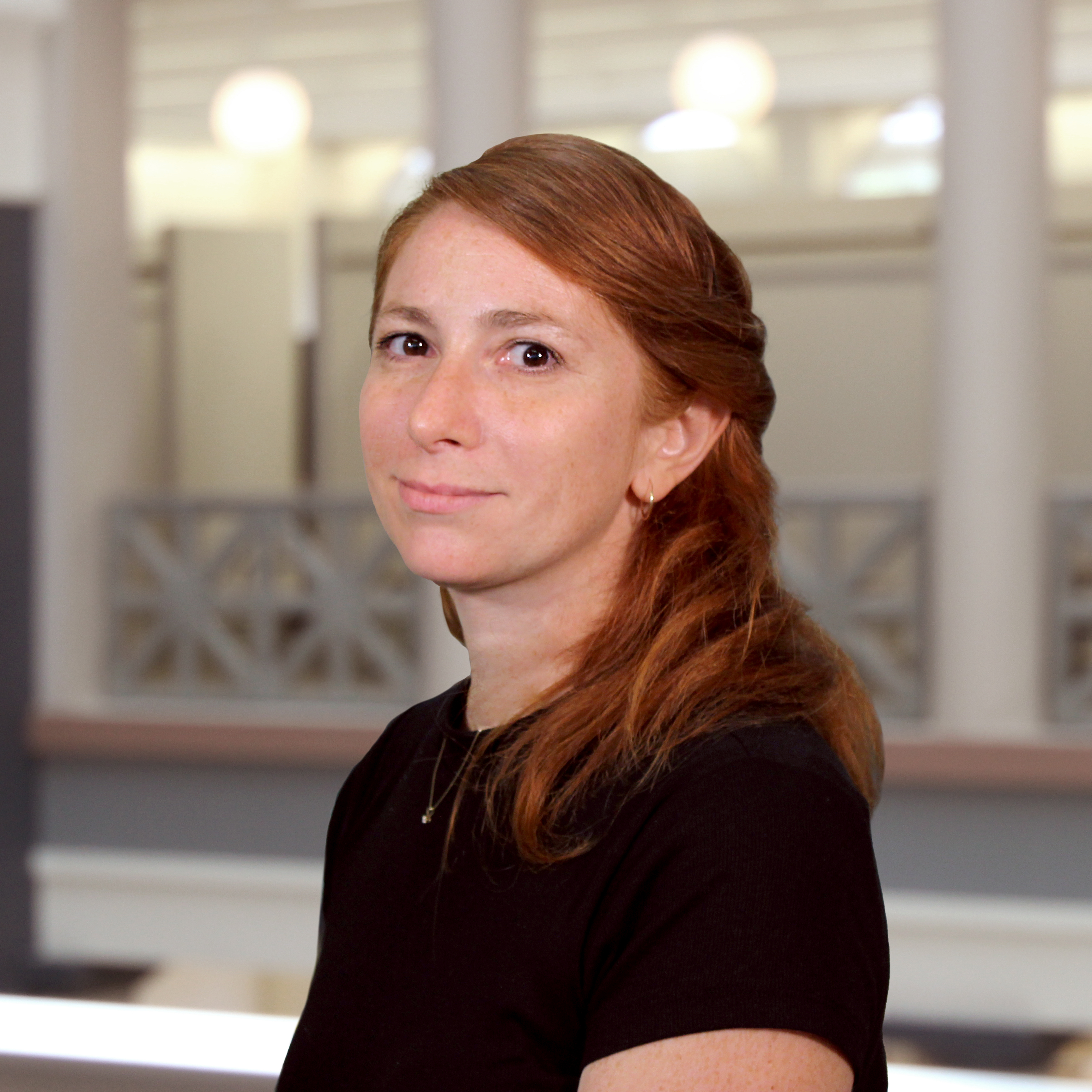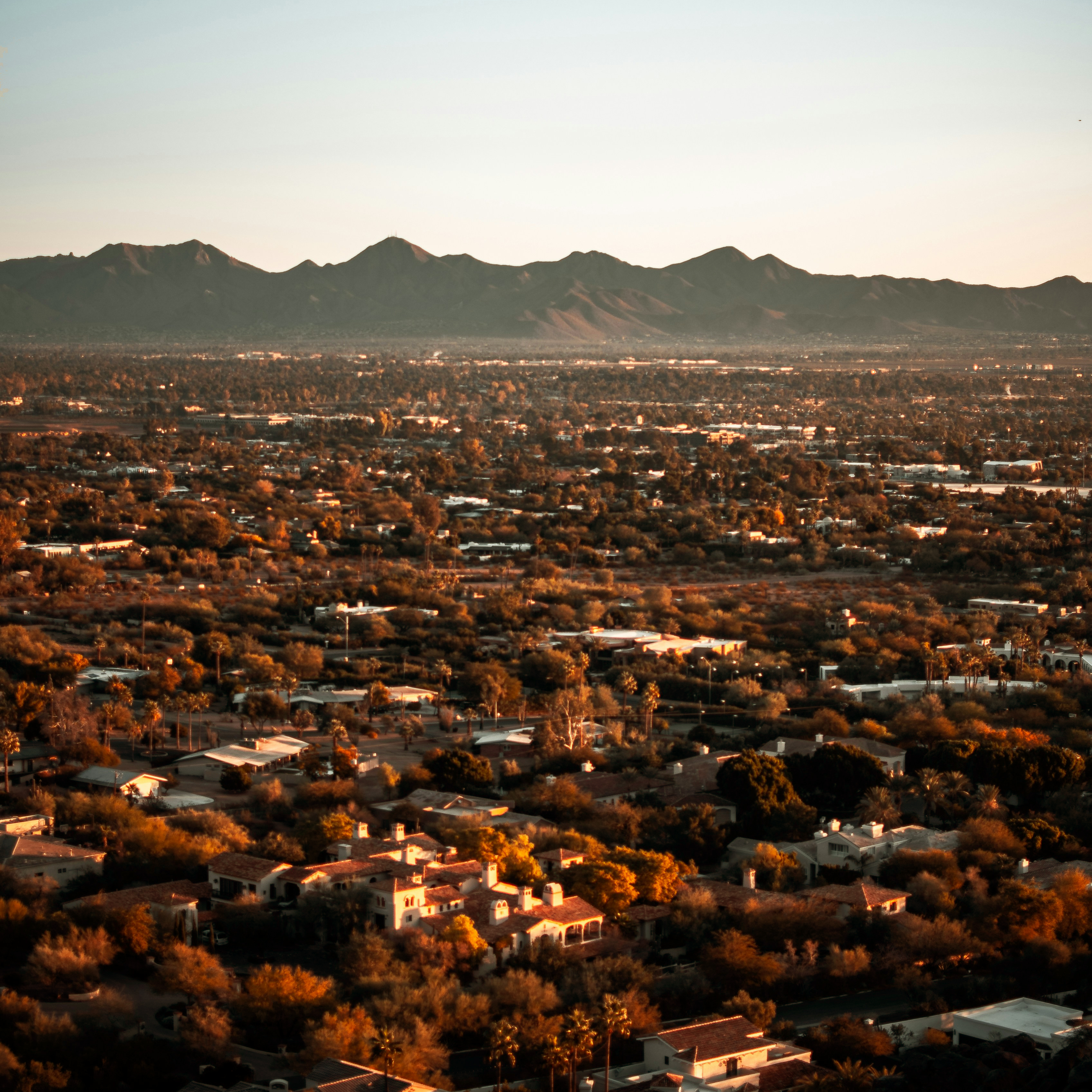

In the face of the escalating climate crisis, University of Houston Gerald D. Hines College of Architecture and Design assistant professor Dalia Munenzon and University of California at Berkeley assistant professor Elizabeth Galvez are working to rethink strategies supporting heat-vulnerable communities. The American Association of Architects (AIA) recently awarded the investigators a $25,000 grant as part of the Upjohn Research Initiative, further expanding their proposal, Collective Comfort: Framing the Cooling Center as a Resiliency and Educational Hub for Communities in Desert Cities, which received a SOM Foundation Research Grant earlier this year.
Established in 2011, the annual AIA Upjohn Research Initiative promotes sustainability in architecture by awarding five research grants of up to $30,000 each across the county. The selection committee seeks out applied research projects to help the community they are developed for and increase the industry's knowledge and practice. Through many of its programs, the AIA supports innovation in sustainable practices to advance the profession further.
Collective Comfort is a transformative public program reimagining cooling centers as educational resilience hubs. Too often, invisible hazards of high temperatures and compounded environmental effects impact unserved and low-income communities. This proposal focuses on the Phoenix Metro Area, which experienced 145 days of over 100-degree temperatures in 2020 and 31 consecutive days of over 110-degree heat in July 2023.
By bridging the gap between resiliency planning, engineering, and architecture and actively involving community stakeholders and local government officials, Collective Comfort will develop comprehensive design approaches to support new construction and pave the way for adaptive reuse, fostering a sustainable future for desert cities.
"In the wake of a scorching summer that saw Phoenix endure a record-breaking onslaught of extreme heat, addressing the urgent need for architectural and design solutions to mitigate extreme heat risk and power equity has never been more critical," shared Munenzon. "With Governor Katie Hobbs' recent declaration of a State of Emergency due to extreme heat, the need for climate adaptation and social infrastructure to address extreme heat takes central stage strategies."
Munenzon and Galvez hope to develop strategies that community partners can utilize to secure funding for future project development. Their proposal outlines four specific goals supporting their plans:
- Facilitate discourse bridging building science, architectural, and social design to foster forward-looking environmentalism in heat-prone areas
- Enable interdisciplinary visualization of heat risk and energy insecurity, educating communities about resilience in air-conditioning-dependent regions
- Frame Collective Comfort as an interdisciplinary design approach to address energy insecurity through visual design principles and strategies
- Develop a programmatic outline for the Cooling Center as an educational and resiliency hub for desert cities
"Receiving the AIA Upjohn Research Grant is a great honor, providing a unique opportunity to significantly advance architectural knowledge and practice," said Munenzon. "This grant, along with the generous SOM Foundation award, strengthens our ability to develop inclusive design strategies with the local community, aiming to support the development of new comfort structures and explore sustainable alternatives to conventional air-conditioning technologies relying on fossil fuels. Our mission is to champion inventive, informed, and synergistic solutions transforming urban cooling practices, leading to healthier, more resilient communities."